Courting Conflict
As a new law professor, she could have made life easier for herself when confronted with sexism at the university. But then, she wouldn’t be Constance Backhouse.
 |
|
Photo by Daniel Ehrenworth.
|
“Don’t you bully me,” cried Mary Ann Burton from both the witness box during her rape trial in 1907 and also from the first line of chapter two of Constance Backhouse’s award-winning 2008 book Carnal Crimes.
From that stirring quote – which is followed by, “I want to speak justice, and justice I want if there is justice to be had” – Professor Backhouse, a professor of the history of law at the University of Ottawa, goes on to dramatize in detail the London, Ontario, trial as well as Burton’s rape at the hands of a local teamster. In between, she delivers heavily researched facts about 20th-century rape trials in Canada, media coverage of rape during that era and the lawyers and judges involved, as well as analysis of the trial’s legal ins and outs.
This exhaustive, precise, yet page-turning chapter is not unlike most others in her archive of 11 books. Carnal Crimes won the Canadian Law and Society Association Book Prize and was shortlisted for the Harold Adams Innis Prize. In fact, most of her books have earned a prize or two. The scholar herself has a string of awards, including the Killam Prize in the social sciences, the Trudeau Fellowship and, in 2011, the Social Sciences and Humanities Research Council Gold Medal for Achievement in Research. She is a member of the Order of Ontario and the Order of Canada.
Her U of Ottawa colleague, history professor Ruby Heap, led Professor Backhouse’s gold medal nomination. “We’re very lucky to have her at the university,” says Dr. Heap. “She’s a true pioneer.”
This 60-year-old thinker is a diligent researcher, a writer as good as our top novelists and a public speaker who wins over crowds. She’s also modest – she denies being a great speaker and claims it’s really her historical heroines who are fascinating. She is fearless, courting controversy with her work and her ideas about feminism, racism and the law. She loves her work, and she finds writing empowering and digging up historical facts an adventure. As an academic, “she really does have the whole package,” says her longtime friend and Carleton University law professor Diana Majury.
Constance Backhouse grew up in Winnipeg in the 1950s in a family where no one had gone to university – she became the first. Constance and her younger sister Nancy read avidly and loved watching Perry Mason on television. It was Nancy who early on declared she wanted to be a lawyer.
In high school, Constance was a member of Junior Achievement and a cheerleader who got top marks and was chosen by Eaton’s to work in the local store as a representative of her school. “I was always in her shadow. She was perfect,” says Nancy. Both sisters went to the University of Manitoba, where Constance majored in history. At U of M, she got interested in social change. She joined a Canadian organization that advocated for better car and road safety. That culminated in a summer after graduation as a Nader’s Raider: four months in a hot dorm in Washington, D.C., working under an inspiring Ralph Nader on road safety legislation.
Then it was on to Osgoode Hall Law School at York University. Law seemed to offer a skill set she could leverage for advocacy. But Osgoode was a disappointment. “I cried every day of the first year of law school because there was no history,” she recalls. The content was dull and structured, and Professor Backhouse admits she balks at structure, and there seemed to be no legal career she wanted to pursue. She stuck it out, and worked in labour law in Toronto after graduation. “Nobody would treat me like anything but a secretary. I really chafed under that. It took so much longer to do the job,” she recalls.
In response, she became a feminist. She dove into meetings and projects (including a failed attempt to open an abortion clinic) and considered becoming a journalist. She worked with feminist writer Leah Cohen on a book and learned about focusing on interesting details, having a strong start and finish, and using short sentences. The Secret Oppression: The Sexual Harassment of Working Women, published in 1979, was one of the first books on this emerging topic.
By that time, she was working on her LL.M. at Harvard University under Morton Horwitz, whose book The Transformation of American Law, 1780-1860 was well-received in 1977. Before reading that book, Professor Backhouse hadn’t realized that she could combine law and history. In fact, this was and still is a small academic field, and it was evolving at the time. A linear, law-focused approach was giving way to one that looked at social factors and their influence on the law.
At Harvard, Professor Horwitz surprised his Canadian student by suggesting she tackle women’s legal history in Canada, a still unexplored topic. He advised her to focus on one century, write an article a year, and in a decade she’d have a book. (He was just a few years off: her thesis became a chapter in Petticoats and Prejudice, published in 1991.)
Using the writing skills she’d learned from Leah Cohen and the emerging form of the case study, Professor Backhouse crafted her thesis around the story of Nellie Armstrong, a New Brunswick mother who’d left her abusive, philandering husband in January 1895 and sued unsuccessfully for custody of her four children.
It was the late 1970s and, in Canada, universities were hiring. The dean of law at the University of Western Ontario, David Johnston (now Governor General of Canada) declared “we need one of those feminists” and offered Professor Backhouse a job.
But when she arrived in London, David Johnston had left for McGill. She was the only female member in the faculty and it appeared no one really wanted her, her non-academic feminist book or her case-study articles. A few years in, she spoke to a group of female law students and told them the job prospects for women in legal academia were “atrocious.” She was criticized in the student paper for her comments, snubbed in meetings and chided by a senior administrator. Pornography was slipped under her door.
“I fought a pitched battle to exist as a feminist at Western. That took a lot of energy. So I dove into history, which was calm and tranquil compared to my daily life,” recalls Professor Backhouse. She was awarded tenure. She started a relationship with fellow law professor Bruce Feldthusen and they had two children in the mid-1980s. The kids slowed her down, but not by much.
Every Wednesday at noon, Professor Backhouse and her feminist collea-gues would meet for Wednesday lunch at an on-campus restaurant to complain, share and plot. Then, in 1986, Western won an Employment Equity Award from the Ontario Women’s Directorate. Professor Backhouse was enraged: just a few years before, Professor Majury and another feminist law professor had been let go, with the law faculty citing lack of funds, and a year later, three white men were hired. So she published a casually written but carefully researched article chronicling Western’s sexist employment history back to 1915.
After the school said her data was out of date, Professor Backhouse and three other professors interviewed 35 female faculty members and in late 1989 released the “Chilly Climate Report.” It quoted women talking about being skipped over for promotions, hearing comments like, “What’s a nice girl like you doing in the field like this?” and male faculty members wearing ties with pigs – male chauvinist pigs – on them.
The report triggered an on-campus and media storm. The president of Western invited the press to a university senate meeting and slammed the report’s use of anonymous sources, called it McCarthyism and shoddy work.
The climate turned downright hostile for Professor Backhouse, but she still had supporters. Some senior female administrators praised the work and her partner and colleague, Professor Feldthusen, wrote an article on the gender wars at Ontario law schools in 1990. Professor Backhouse and her feminist colleagues published the book Breaking Anonymity in 1995, which outlined the whole Chilly Climate saga and reprinted the articles involved. As well, she wrote Petticoats and two more books, one on the history of the women’s movement and the other on the legal history of racism, all of them award-winners.
Then, in 2000, Professor Feldthusen was named dean of the University of Ottawa’s faculty of law, common law. The appointment included a job for Professor Backhouse, and her world changed. “It was like night and day. I went from a law school that hated feminists to a law school that couldn’t say anything bad about feminism,” she recalls. “My work didn’t change, but all of a sudden it was getting noticed.”
With her children now teenagers and her new employer offering support via talented graduate students to help with her research, Professor Backhouse published prolifically. One of the books was The Heiress vs. The Establishment, which she wrote with her sister Nancy, now a judge.
Professor Backhouse was invited to join the Law Society of Upper Canada as a bencher and became a fellow of the Royal Society of Canada. Her teaching won awards from the university and a President’s Award from the Women and the Law Association of Ontario. In 2006 she became the first, and still only, woman to receive the Ramon Hnatyshyn Award for outstanding contribution to law or legal scholarship from the Canadian Bar Association.
Early on, Constance Backhouse seemed perfectly suited for work in academia. “She’s always been engaged and quick,” says Beth Atcheson, a Toronto-based lawyer and activist who met her during the car-safety advocacy days. But she’s also a hard-working perfectionist. Ms. Atcheson recalls them living together in the 1970s in an apartment in Toronto. “It was impeccably neat. Constance is very organized and this is an area where she’s a task master.”
Meanwhile, when Nancy worked with her on their book, the younger sister remembers that Constance was very much in charge. “She gave me various tasks and told me when I should submit them to her. She did the bulk of the work on it, for sure.”
When she presides over discipline hearings at the law society, Professor Backhouse brings her laptop and her impressive 100-words-a-minute typing skills (she took a few typing courses one summer in Winnipeg). At the end of the hearing, she has a full transcript of the proceeding for her fellow benchers who can make short work of turning it into a decision.
But her bullish approach constantly steers her into controversy. Even she looks back on the Chilly Climate days and wonders if she might have worked with the university to help make things better, rather than just pointing out shortcomings. “Not me,” she says, “I went at it square on.”
While at Western, she wrote an article on Clara Brett Martin, Canada’s first female lawyer. Soon after, it came to light that the historical figure had made anti-Semitic comments. Professor Backhouse was criticized by Jewish scholars who suggested she should pull or revise her work. Instead she wrote a response article and invited Brenda Cossman of the University of Toronto’s faculty of law to publish an opposing response in the same issue of Canadian Journal of Women and the Law. Years later, she battled her publisher over mentioning the race of all the characters, including the Caucasian ones, in her 1999 history of racism book, Colour-Coded.
In 2003, she was asked to write on legal professionalism for the Law Society of Upper Canada. While the group was clearly aiming for something on civility and decorum in law, she submitted an article highlighting some of the most egregious instances of sexism and racism in Ontario legal history.
Professor Majury finds it fascinating that her friend cheerfully courts conflict and always admits there are two sides to a debate. “She is one of the most non-defensive people I know.” People who know Professor Backhouse say her bullish ways are tempered by a generous and fun-loving nature.
When it comes to her many prizes, she generously insists that she owes them to the people who came before her. “It seems to me,” she says, “awards ought to be shared.” She’s now working with U of Ottawa to nominate others for awards.
Even in the face of personal setbacks, she can be kind. Professor Feldthusen ended their relationship two years ago and is now involved with one of their young feminist law-school colleagues. “He’s a wonderful feminist,” she says of her ex, and has only complimentary words about him as a parent and academic.
But what has endeared Professor Backhouse to readers, students and awards committees is the quality and readability of her work. Her book chapters and journal articles often begin with gripping scenes and with characters that then come to life. Her books are taught in law, women’s studies and history courses across the country because they enliven the past and because students will actually read them.
Professor Backhouse’s 30-plus years in academic life have helped bolster the niche field of legal history, says Philip Girard, a professor of law, history and Canadian studies at Dalhousie University who worked with her briefly at Western. Petticoats & Prejudice won the Willard Hurst Prize in American Legal History in 1991; no Canadian won it before her, or since. “That was a big deal for us in legal history,” he observes. The field remains tiny, but thanks to Professor Backhouse, more students in law, history, women’s studies, and law and society are aware of the field, and enjoy it.
Yet she remains a controversial figure, and only partly for all the trouble she’s caused. Professor Backhouse says she’s been accused of being biased in her writings and subtly portraying the male judges and lawyers in her stories as the bad guys. As well, the case-study method has its detractors. “Some people may think case studies are not as tough to do,” says Dr. Girard, “but they forget that you have to find the illustrative case first. Constance goes back to square one and finds cases that no one had ever heard of and then shows how they illustrate key themes of the period.”
She has no plans to scale back her work and ponder retirement. Instead, she’s been a key figure in the 2009 launch of the Feminist History Society, which plans to put out at least 10 feminist history books over 10 years. She’s helping run the organization and has taken on a history of Claire L’Heureux-Dubé, the first Quebec woman to serve on the Supreme Court of Canada. At this late stage of her career, she took language immersion, a month each in Quebec and France, to improve her French. She’s researching the first 20 women to graduate from Université Laval’s law faculty (L’Heureux-Dubé was the ninth) and following the women who ran for federal government, as Mme L’Heureux-Dubé was asked to do by Pierre Trudeau in 1972 but refused.
The book, like all before it, will take her years to complete. Most likely, it will be a great read and win a few awards. “Everything about a place, the time, the people. You want to know it all,” says Professor Backhouse. “It takes a lot of time to research this way, but it’s also fun.”
Diane Peters is a Toronto journalist who frequently writes about social and legal issues.



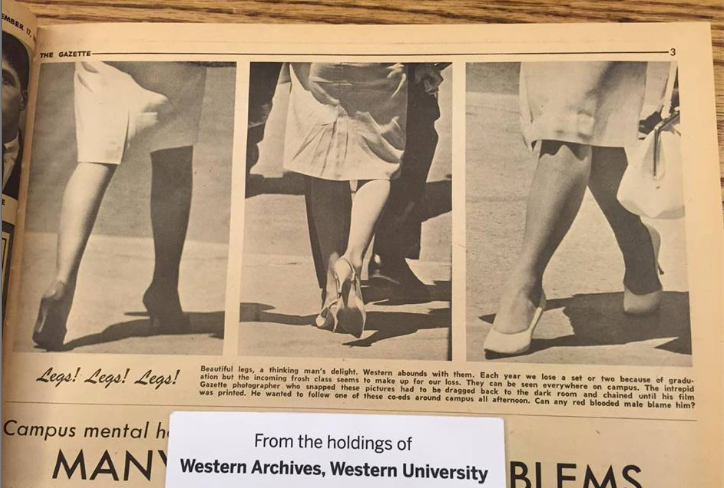

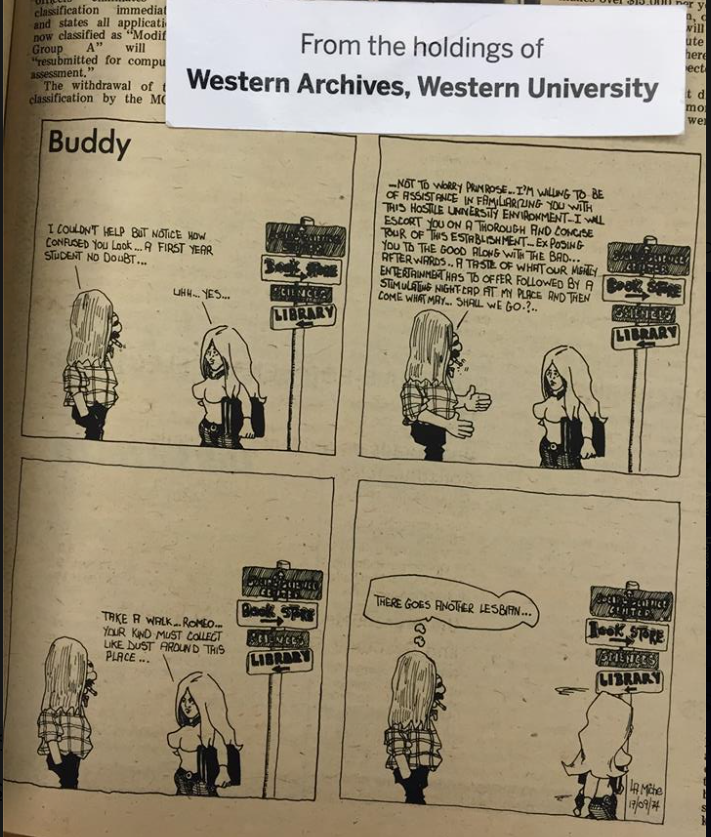
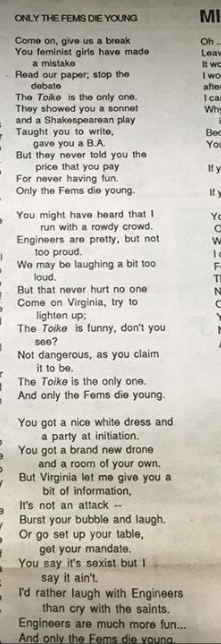



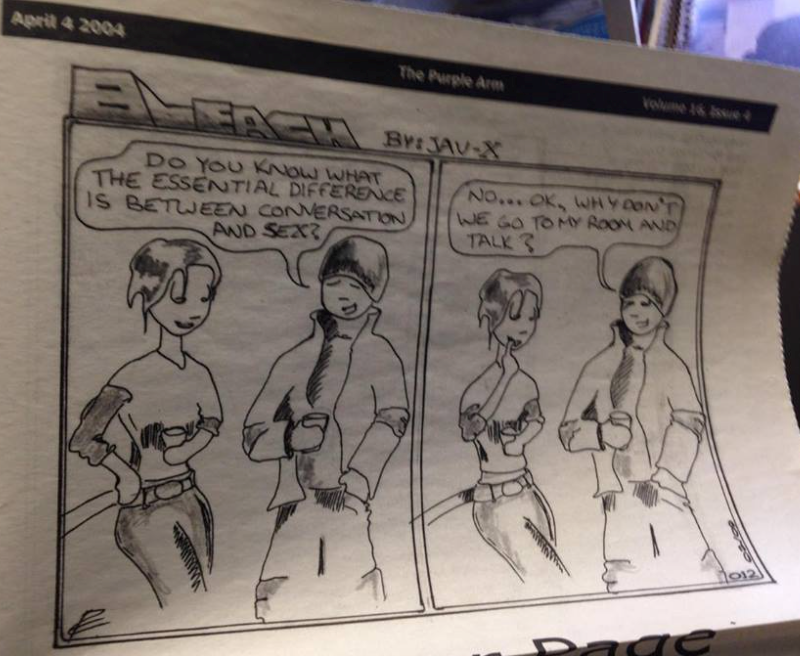
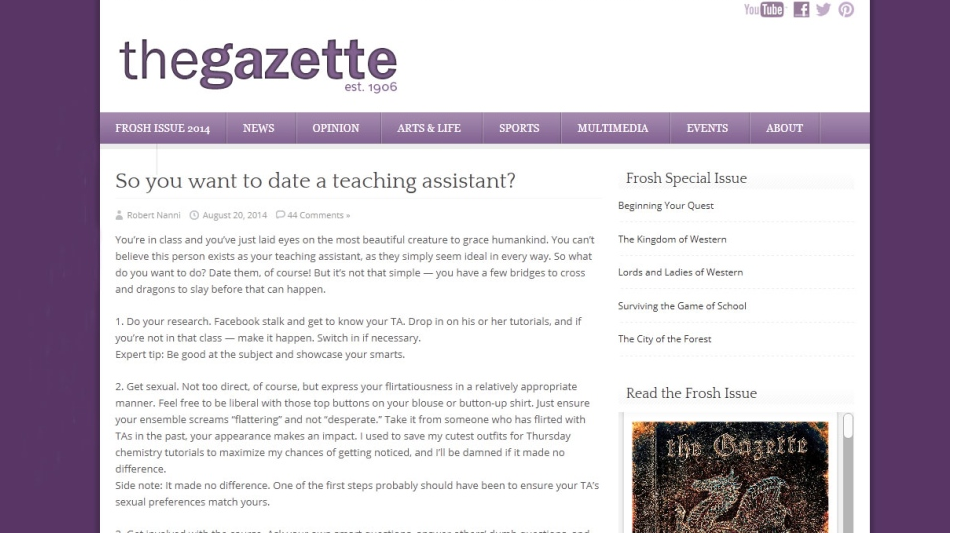

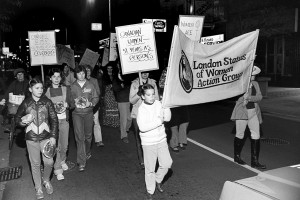
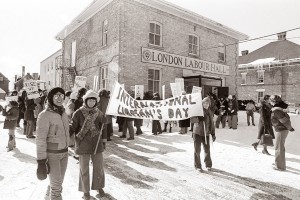
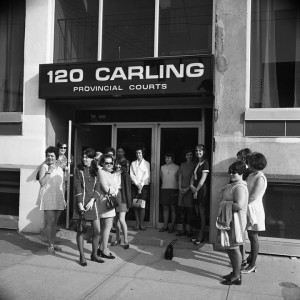


 Facebook
Facebook Twitter
Twitter